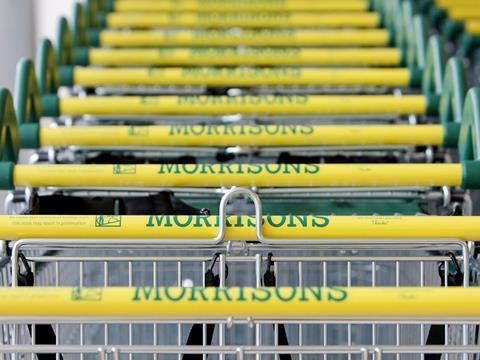
Morrisons has reported its sales grew 1.6% on a like-for-like basis (ex fuel) in the 13 weeks to October, which represents its fourth consecutive quarter of like-for-like sales growth. This is how the analysts reacted.
David Stoddart, analyst at Edison Investment Research, said: “Morrisons has sustained its progress during Q3. LFL sales increased 1.6% excluding fuel and 3.4% including fuel despite continued price deflation. Total sales declined, reflecting store closures and the exit from M Local. The ‘Best’ range appears to have started well and will now be extended. The pattern for items per basket to decline has been in place for some time but is at least now being offset by increasing transaction numbers. Q4 faces a positive comp – the first time in a year that has happened – which will make progress more challenging.”
Phil Dorrell, partner at Retail Remedy retail consultants, said: Dave Potts has put in place a leadership team that could be considered a little myopic in the short term, most coming from Tesco, but at least the team recognise what good looks like from their pre-Clarke years. And that team are showing results with another positive sales quarter. The management team are making the right decisions but in the coming months they will be facing margin pressure from Brexit and National Living Wage margin pressure. Morrisons have productivity opportunities to pave their way but we are not sure they are best placed to be able to deliver the changes to achieve store efficiency without compromising the offer. Deals with Ocado and Amazon are pointing the grocer in the right direction, but the core business lacks depth of buy across broad ranges. Aldi are fast closing the market share gap and have a fraction of the lines of Morrisons.Our prediction is that this will be the last cheap Christmas before prices are affected by inflationary pressure so we expect price to play its role in the Morrisons marketing message.
John Ibbotson, director of the retail consultancy Retail Vision, said: “The rate of growth may still be modest, but Morrisons has finally made a habit of growing. Four straight quarters of rising like-for-like sales is no blip, and the once flailing brand has definitively turned the corner with these expectation-beating results. CEO David Potts’ back to retail basics approach – in which stores have been spruced up, with more local ranges and lower prices introduced – is beginning to pay dividends and tempt back shoppers. His ruthless decision to close 30 stores and sell Morrisons’ underperforming convenience chain has stopped the rot. The reduction in capital expenditure and paying down of debt is steadily restoring the balance sheet to health.But while such sound stewardship has ensured the brand’s survival, it is no guarantee of continued success. Morrisons lacks the scale of Tesco and its market share continues to slip in the face of cut-throat competition – and it will soon be matched by the discounter Aldi. However the falling Pound may hurt Morrisons less than its rivals, as a high proportion of its food is produced in the UK. Morrisons’ return to its roots – of low prices, good value and fresh food – is finally helping it fight back against the discounters. Sales are up, but against a backdrop of intense competition, food inflation, lower margins and lower returns on capital, it will have to fight for every penny of profit.”
Himanshu Pal, Vice President at Kantar Retail, said: Morrisons’ renewed focus on simplified pricing (like its Price Crunch initiative) and fresh credentials (particularly its own label range) continues to gain traction with shoppers. Although recent results have been encouraging, David Potts isn’t taking the foot of the pedal with the retailer looking to further strengthen its shopper value proposition with a series of initiatives. These ideas are a step in the right direction, especially as the tough trading environment shows no signs of abating. But Morrisons will have to watch out not only for the ever-present discounter threat but also a resurgent Tesco, and suppliers who will look to seek higher prices during commercial negotiations to compensate for rising input costs.”




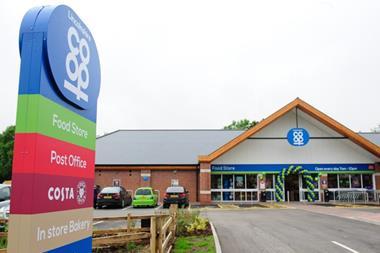
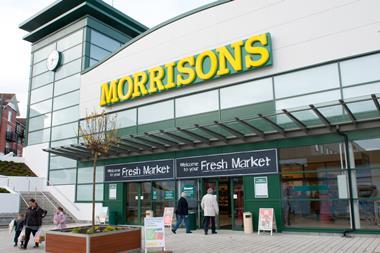
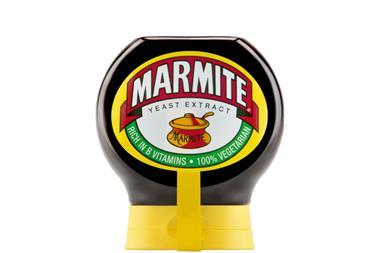

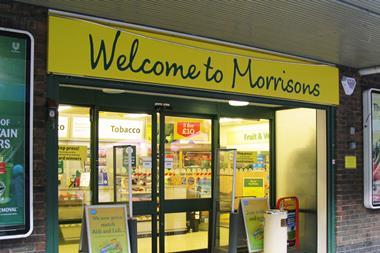


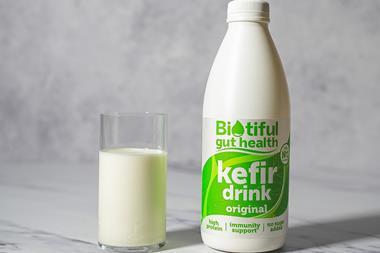

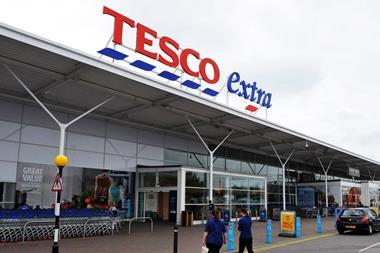

No comments yet